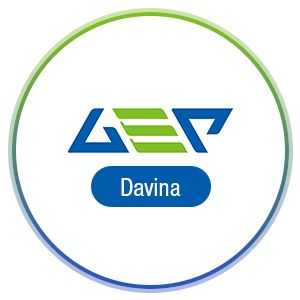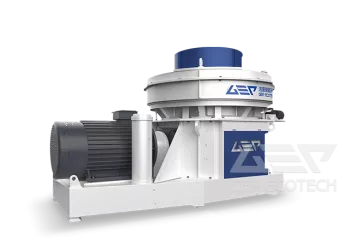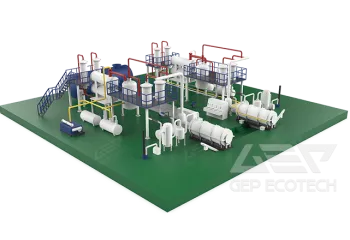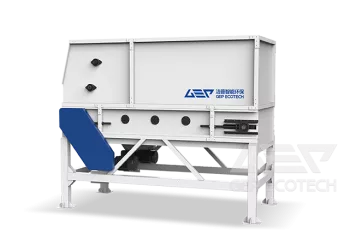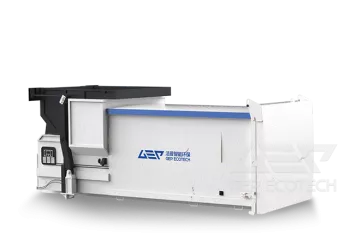The word RDF is familiar to people in the environmental protection industry, especially in the context of dual-carbon, the surging market demand for alternative fuels and the rise of domestic waste resources, making RDF the outlet of solid waste treatment in the past two years. Therefore, with the rise of the market, as a solid waste treatment manufacturer, we often receive customers' questions about the production equipment of RDF. To return to this question, we have to answer from the following aspects:
What is RDF?
RDF is Refuse Derived Fuel (RDF), which is a fuel made by crushing, sorting, drying, adding chemicals, and compression molding of combustible refuse. It is characterized by uniform size, uniform calorific value contained, molding process can increase the calorific value of garbage by about 4 times, and easy transportation and storage. It is because of these characteristics that RDF has been very popular in the past two years, and to put it bluntly, it is a very good alternative fuel.
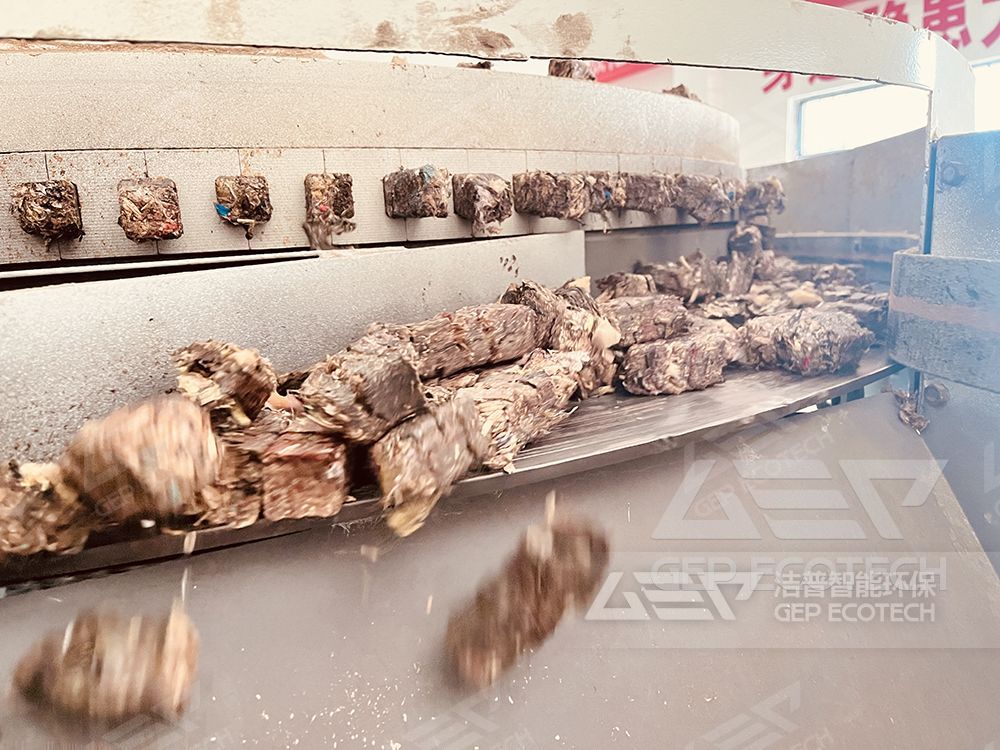
Classification of RDF
According to ASTM, RDF can be divided into the following categories:
- RDF-1 is simply a combustible solid waste obtained by removing the bulky waste from ordinary municipal household waste
- RDF-2 removes metal and glass from municipal solid waste and coarsely breaks the combustible solid waste through a 152mm screen
- RDF-3 removes metal and glass from municipal solid waste, and coarsely breaks the combustible solid waste Fluff (velvet) RDF after passing through a 50mm screen
- RDF-4 removes metal and glass from municipal solid waste, and coarse breaks the combustible solid waste through a 1.83mm screen
- RDF-5 separates municipal solid waste from non-combustible materials such as metal and glass, and then pulverized, dried, and processed into combustible solid waste
- RDF-6 processes municipal household waste into Liquid Fuel
- RDF-7 processing urban household waste into a Gaseous Fuel, Gaseous fue
What we usually refer to RDF mostly refers to RDF3 and RDF5, the difference between them is that RDF3 is the bulk material after crushing and sorting, and RDF5 is to be made into fuel rods by RDF forming machine.
Which materials can be made into RDF
In fact, many kinds of solid waste can be made into RDF, such as industrial waste, waste spinning waste leather scraps, decoration waste light matter, large waste, domestic waste and so on, which can be said to be rich in sources.
What are the production facilities for RDF?
General equipment generally have two-axis shear shredder, single-axis crusher, wind separator, magnetic separator, RDF forming machine, etc., but because of different materials, the treatment method will be different, so want to know the specific details of the RDF forming equipment configuration, welcome to call for detailed consultation, we will give you professional advice.

